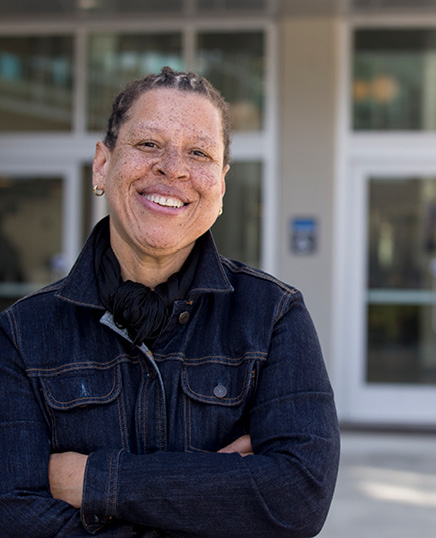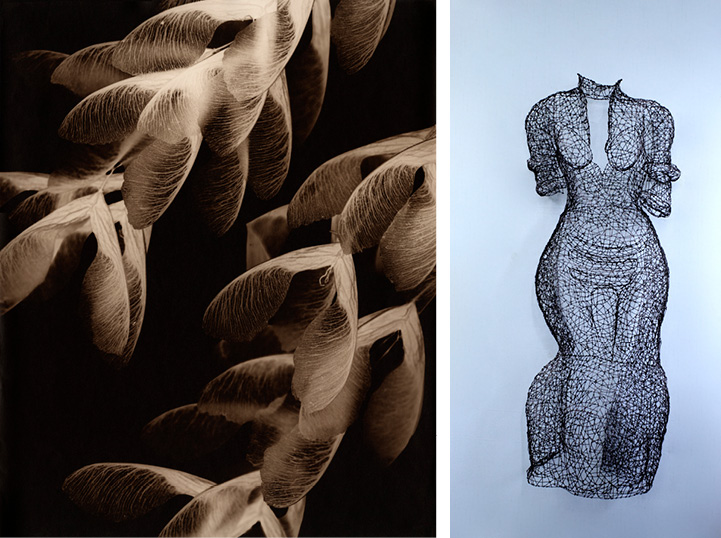
Acclaimed art historian Jacqueline Francis is the inaugural Robert A. Corrigan Visiting Professor in Social Justice. Established by a gift from alumni George and Judy Marcus, the position honors SF State's 12th president and is housed in the College of Ethnic Studies. The author of Making Race: Modernism and "Racial Art" in America, Francis has taught at Kenyon College, the University of Michigan and the California College of the arts and is board president of the Queer Cultural Center, which serves San Francisco's LGBT community.
This professorship aims to promote social justice, with a focus on African American communities. What are you doing in this regard?
We’ve got a really great project that involves contemporary San Francisco Bay Area black artists. My students will be collecting oral histories from these artists, which we’ll deposit in DIVA, an open digital archive here at San Francisco State.
Are black artists in the Bay Area overlooked?
In art history, there’s not a lot written about artists in California, much less black artists in the Bay Area.
Mention a couple of black Bay Area artists we should know about.
Kristine Mays makes metal wire sculptures that celebrate female bodies — in all their varieties. Ron Moultrie Saunders creates photograms. These print images made without a camera have the haunting qualities of silhouettes.
One of your areas of expertise is African Diaspora art. What does that term mean?
It’s a broadly used category that situates artwork by people of African descent. So an African Diaspora artist could be a Belgian of African descent living in Brussels, Belgium, or an American of African descent living in Burlingame, California.

“Ash Seeds” by Ron Moultrie Saunders (left); “Self-Acceptance” by Kristine Mays (right)
You’ve worked closely with Pamela Joyner, who, with her husband, Alfred J. Giuffrida, is a prolific collector of abstract works by black artists and a supporter of the College of Ethnic Studies. Why is her collection significant?
These black painters, as abstractionists, occupy a niche within a niche. Oftentimes, when we think of nonwhite artists, we assume they all work in figurative and naturalistic styles.
Is there a black abstract artist you fell in love with early on?
I remember seeing Sam Gilliam’s abstract painting “Pink Flutter” at the University of Wisconsin and really being struck by the beauty of it.
Why does abstract art appeal to you?
Figurative art often requires familiarity with history, mythology or literature. With abstract art, you just need your eyes.
What is Making Race: Modernism and “Racial Art” in America about?
It looks at three art school-trained modernists: Malvin Gray Johnson, Yasuo Kuniyoshi and Max Weber. Critics called upon them to abandon their learned skills and instead do what came “naturally” to them as minority artists. That category was called “Racial Art.”
Has politics changed what you do as an arts educator?
It has to. More than ever, humanities education is being menaced, threatened by funding cuts. The importance of the arts in education, in the lives of citizens, can’t be overestimated.
Why is SF State a good setting for you?
The tradition at State and the tradition within the College of Ethnic Studies is inspiring. Students today feel connected to the campus’s activist past. They embrace the legacy of social justice activism and its links to intellectual empowerment.